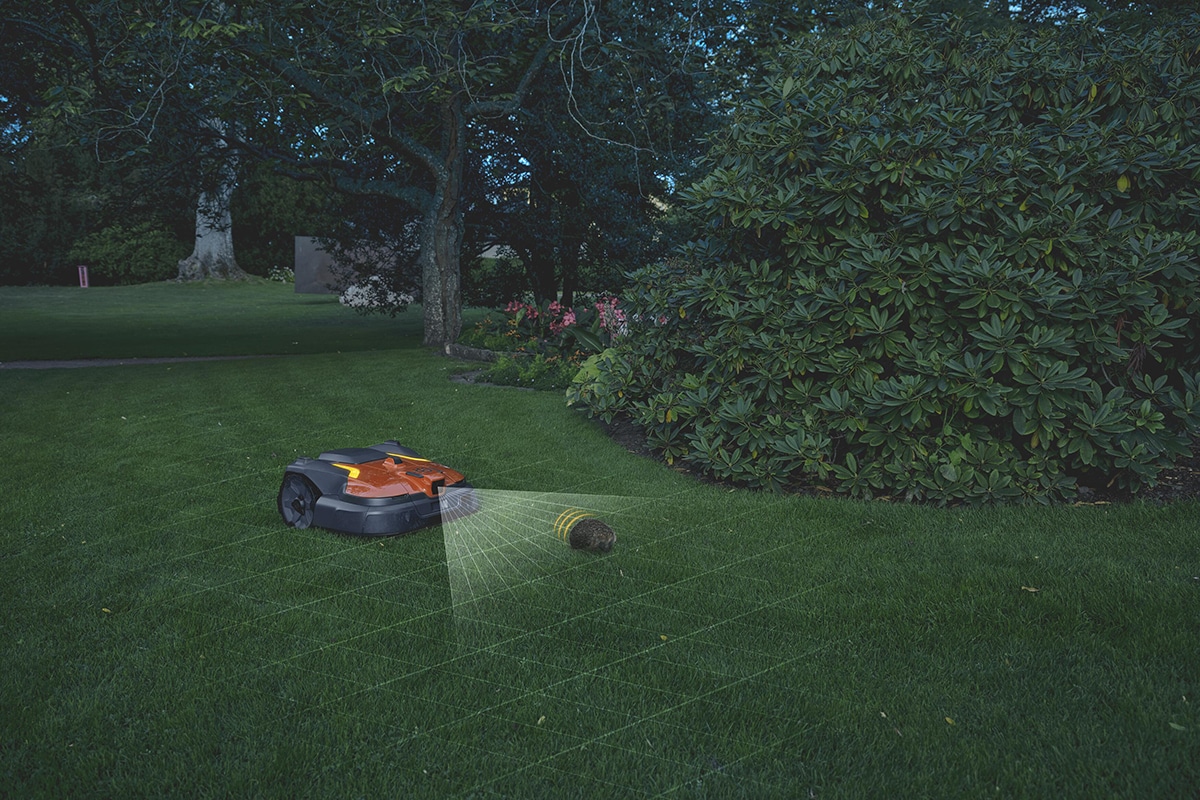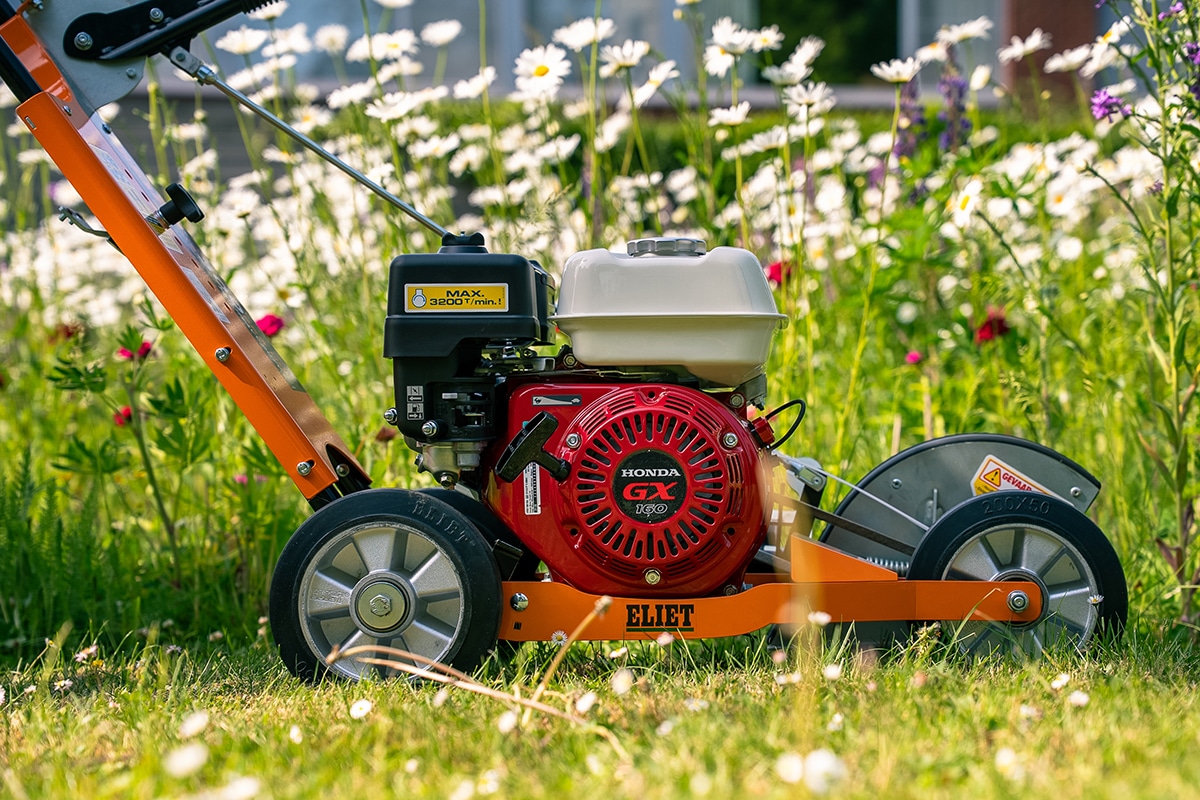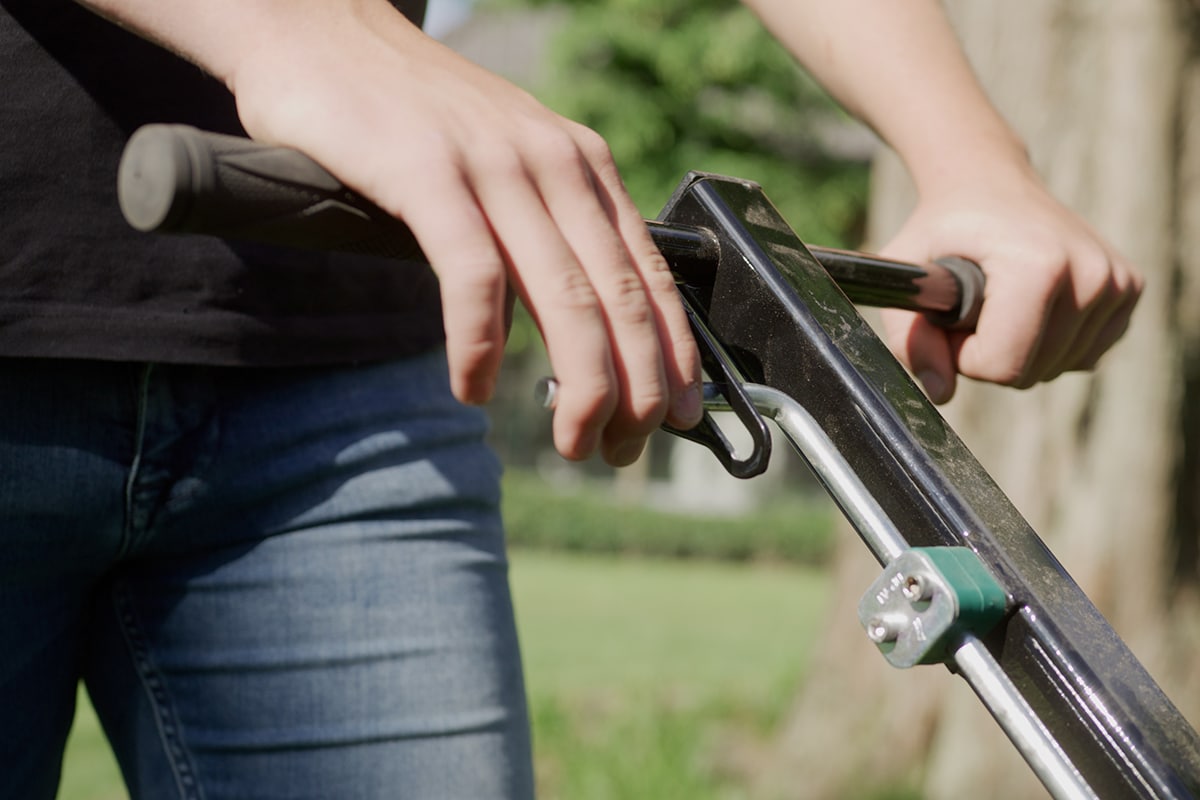
Roadside management offers great potential for nature development
In our limited open space, wildlife habitat must often give way to other functions. Many species have been forced to retreat to one of the few places where they can and may still inhabit: our roadsides. Fortunately, the area of roadsides in Flanders is larger than the area of all recognized nature reserves combined. Careful management of our verges is therefore logical. Eco-logical.
Potential
There is also enormous potential for nature development, outside of nature reserves, in our Flemish roadsides. It is often one of the few havens for wild plants and animals. With ecological roadside management we strive for ecologically more valuable roadsides by means of adapted and thorough management.
Roadsides provide a quality habitat for wildflowers and plants that serve as a food source for numerous bees, butterflies and other insects. Those insects and the various seeds and berries from the roadside are in turn a food source for many birds, etc.
Ecological roadsides can also serve as shelters, stepping stones or as a linear landscape element connecting natural areas. In addition, ecological roadsides are often more beautiful and provide additional amenity value to road users. In short, roadsides can be so much more than a strip to be mowed along the side of the road.

Richer, but less
The law stipulates via the verge decree (B.S. Oct. 02, 1984) that a first mowing of road verges may not take place before June 15, a second mowing not before September 15, the grass clippings must be removed within ten days and the use of biocides is prohibited. This is to stimulate ecological roadside management in governments and municipalities. It is based on the following principles.
Grass clippings left permanently on the roadside enrich the soil and reduce species diversity. This is because competitive species such as greater stinging nettle and large grasses such as glossy oats take advantage of this nutrient richness and thus gain the upper hand. On the other hand, the remaining grass clippings form a litter layer that is difficult to penetrate (felting) and creates a barrier for new seedlings. By disposing of the grass clippings, we give dominant species less competitive power and increase species diversity in the road berm. Mowing dates should prevent flowers and herbs from not having a chance to form seeds before they are cut. Otherwise, the less interesting species that can reproduce quickly vegetatively via offshoots would become dominant and again lower biodiversity.
Easier said than done! This is because the various functions of a road verge, such as the traffic engineering function, hydraulic function, ecological function and landscape function, must be taken into account. On the other hand, there is little consideration of the technical and financial aspects of management in these regulations. With a roadside management plan, one can set a clear framework for the future and apply for a possible deviation from the roadside decree.
Verge Management Plan
At Landmax, we have the necessary experience and expertise to develop an effective ecological roadside management plan. We do this tailor-made and start from a thorough inventory of the current natural value in and around the roadsides. We then carry out a valuation and classification and determine the frequency, periods and method of the management works. We always take into account the available budget and facilities for carrying out the management works. On this basis, we then create a practical and feasible management plan. This management plan is provided with the necessary instructions so that every green service or green professional can start working with it.
Furthermore, we also provide support in communicating and raising awareness of the ecological roadside management plan to all stakeholders, and additional advice can be given for planting.



